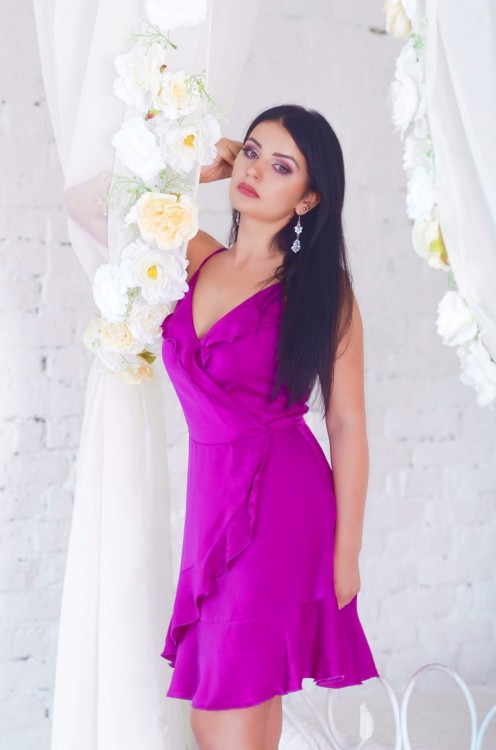Russian kennel club
Brides club- Dating tips author

Unija kinoloških saveza Bosne i Hercegovine”. Russian kennel club – Asociacion Club Canino Colombiano”.
Dansk Kennel Klub – For hundeejere”. Gibraltar Kennel Club Judges for 16th and 17th September 2017″. Asociatia Chinologica Romana – Asociatia Chinologica Romana”. News dal Kennel Club di San Marino – Kennel Club San Marino”.
The Kennel Association of Sri Lanka”. The Home for Dog Owners and Those Working with Dogs: The Kennel Club”. American Kennel Club – The Dog’s Champion”. This definition appears somewhat frequently and is found in the following Acronym Finder categories:Organizations, NGOs, schools, universities, etc.
1988-2019, Acronym Finder, All Rights Reserved. Which Sport Should You Do With Your Dog? Bolonki were originally bred to be the ultimate house pet for apartment living. The AKC has grouped all of the breeds that it registers into seven categories, or groups, roughly based on function and heritage.
Russkaya Tsvetnaya Bolonka translates to “Russian Colored Lapdog. Sweet, loving, intelligent, and willing to please, he is friendly to all and shows no sign of aggression. We have plenty of opportunities to get involved in your local community, thanks to AKC Breed Clubs located in every state, and more than 450 AKC Rescue Network groups across the country. AKC puppies from AKC-Registered litters and the breeders who have cared for and raised these puppies are required to follow rules and regulations established by the AKC. The Russian Tsvetnaya Bolonka should do well on a high-quality dog food, whether commercially manufactured or home-prepared with your veterinarian’s supervision and approval. The Russian Tsvetnaya Bolonka requires regular brushing and routine care for eyes, ears, teeth, and nails. Brush or comb the coat with a wide-tooth comb on a regular basis several times per week to prevent mats from forming.
Dogs kept in full coat may need their face, mustache, and beard washed daily. For show purposes, no other trimming other than the feet is permitted, and the coat on the back should fall naturally and should not be deliberately parted. As classic lapdogs, Bolonki enjoy walks and playtime, but do not require a great deal exercise. They can be very energetic and play driven, however, and should have a good romp at least twice per week. In addition to walks, exercise can also come in the form of indoor activities, like hide-and-seek, chasing a ball rolled along the floor, or learning new tricks. More independent than is usual for a toy breed, Bolonki require early socialization with people.
However, they are very friendly with children and other animals, though supervision is always a good idea. In addition, Bolonki may like to alert you to everything that is happening around them, so training them to understand when vocalizations are appropriate may be necessary. Routine health checks should include eye, patella, and heart examinations. To avoid patella injuries, young dogs should not be encouraged to jump until they are adults. Keeping topknots tied up will help to prevent corneal abrasions to the eyes. Although not found frequently in Bolonki, responsible breeders also screen their stock for health conditions such as liver shunt, Legg-Calve-Perthes disease and PRA. The Russian Tsvetnaya Bolonka’s origins may date as far back as the early 18th century when King Louis IV of France presented a small Maltese-type dog as a gift to the Russian nobility.
Russian brides club
Russian Brides
Dating Posts
- Russian fight club e 60
- Russian fight club 2018
- Russian club music 2016
- Russian dating Boston
- Russian brides Boston
- Russian dating in Los-Angeles CA
- Russian brides in United Kingdom
- Russian brides for marriage
- Russian fight club e 60
- Russian fight club 2018
- Russian club music 2016
- Russian comedy club 2017
- Russian club 2018
Recent Posts
Categories
Need Help?
Contact Us Toll-Free